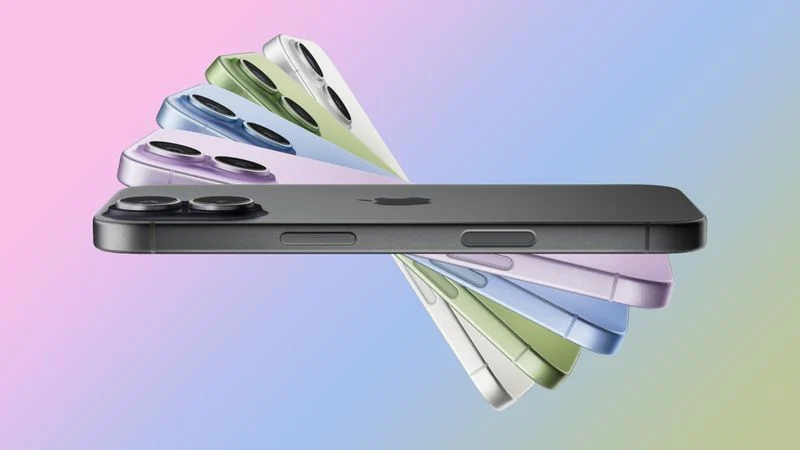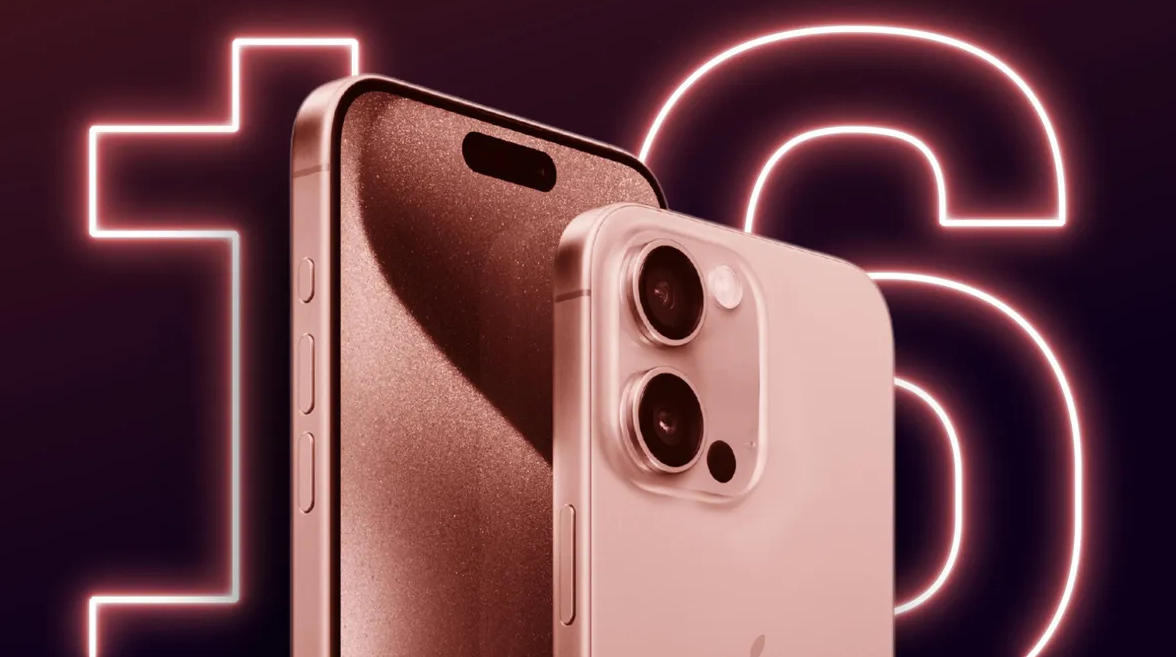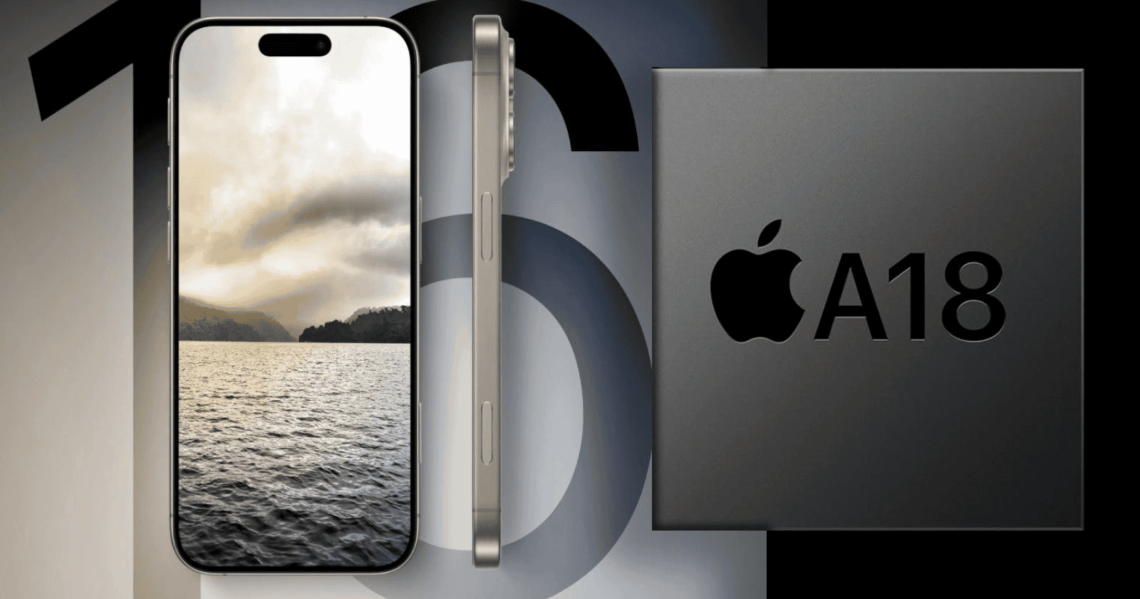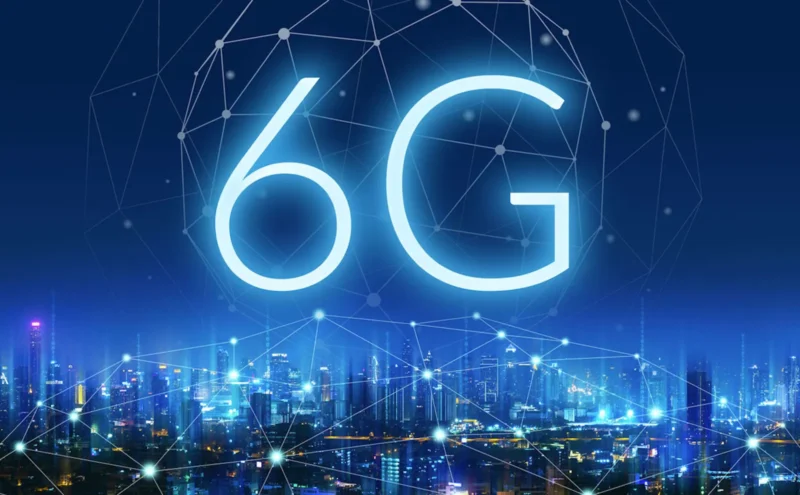
The Great Encyclopedia of the iPhone 17 Series: The “Slim” Revolution and Boundless Performance
Apple’s Fall 2025 announcement, the debut of the iPhone 17 series, was not just a routine facelift but a strategic shift in the history of

Apple last unveiled new smartphones in September of last year. At that time, the relatively affordable compact iPhone 15, the large-screen iPhone 15 Plus, the compact flagship iPhone 15 Pro, and the all-in-one giant iPhone 15 Pro Max debuted.
It’s no secret that the Apple-branded manufacturer is expected to unveil its new phones this September, which means that the iPhone 16, iPhone 16 Plus, iPhone 16 Pro, and iPhone 16 Pro Max, launching with the final version of the recently debuted iOS 18, will likely be revealed then. There is still a lot of speculation about these new phones, but the latest rumors about their chipsets sound quite promising.
Sources close to the matter claim that all models in the iPhone 16 series, from the cheapest to the most expensive, will feature the brand-new A18 chipset. This doesn’t necessarily mean that all the new phones will deliver the same level of performance, as it’s possible that the cheaper models will have a slightly slower chipset, while the more expensive ones will be a bit faster. If this is the case, the iPhone 16 and iPhone 16 Plus will likely feature fewer GPU cores compared to the iPhone 16 Pro and iPhone 16 Pro Max.
Interestingly, recently discovered source codes mention not four, but five new phones. There is a lot of speculation about the fifth device, which is likely to be the next-generation iPhone SE. The latter is expected to launch not this fall, but next spring, and will also feature the latest A18 chipset.

Of the currently available Apple phones, the iPhone 15 and iPhone 15 Plus are built on the previous generation A16 chip, while the more expensive iPhone 15 Pro and iPhone 15 Pro Max are powered by the latest A17 Pro. This has not been well-received by consumers, and they recently became even more disgruntled upon learning that the most advanced AI features of iOS 18 are only available on the faster-chipset Pro and Pro Max models.
Among this year’s new phones, the largest and most expensive is the iPhone 16 Pro Max, which boasts a display that has grown from 6.7 inches to 6.9 inches. The slightly smaller and significantly cheaper iPhone 16 Plus still features a 6.7-inch display, similar to its predecessor. The small but high-end iPhone 16 Pro will see its screen size increase from 6.1 inches to 6.3 inches, while the smallest and most affordable new model, the iPhone 16, will still have a 6.1-inch display.
Predictably, the Pro models will retain their 120 Hz refresh rate, while the standard and Plus versions will, much to the disappointment of many, continue to have a 60 Hz refresh rate.
Well-informed sources suggest that the iPhone 16 will draw power from a 3561 mAh battery, a 6% improvement over the iPhone 15. The iPhone 16 Plus, on the other hand, will house a 4006 mAh battery, which surprisingly represents a 9% decrease. Following a 2.5% capacity increase, the iPhone 16 Pro will reportedly feature a 3355 mAh battery, and the iPhone 16 Pro Max will benefit from a 5% increase to a substantial 4676 mAh battery.
Additionally, all four iPhone 16 models are expected to feature the brand-new Capture Button, codenamed Project Nova, which will be a capacitive button located on the right side of the devices near the power button. The exact functionality of the Capture Button is still unknown, but some sources suggest it might offer similar features to the Home Button found on the iPhone SE. Furthermore, all four new Apple smartphones will include the new capacitive Action Button, codenamed Project Atlas, which debuted on the iPhone 15 Pro and iPhone 15 Pro Max but is not present on the cheaper iPhone 15 and iPhone 15 Plus.
The Dynamic Island is said to be significantly smaller, and the five-times optical zoom tetraprism telephoto unit is expected to arrive in the smaller Pro model as well. As known, the iPhone 15 Pro features a 3x optical zoom, similar to its predecessor, while the iPhone 15 Pro Max is equipped with a 5x optical zoom.
The camera setup on the iPhone 16 Pro is set for a significant upgrade, particularly in the telephoto module. Rumors suggest that the smaller new Pro model will feature molded aspherical lenses, which are thinner and lighter than their predecessors. As a result, the iPhone 16 Pro’s camera could have a more compact design and offer greater optical magnification than its predecessor.
Apple reportedly wants these lenses in all its cameras, but initially, they will only be used in the telephoto units, as their production is complex and suppliers cannot deliver the necessary quantities for the American company. Sources close to the matter indicate that Apple recently began negotiations with Hoya, a manufacturer of molded lenses, and Largan Precision has also appeared on the company’s radar. It is well-known that these new lenses are more expensive to produce than conventional ones, but it is currently unknown whether Apple will pass this cost increase on to consumers.

Apple’s Fall 2025 announcement, the debut of the iPhone 17 series, was not just a routine facelift but a strategic shift in the history of

China has developed the world’s first 6G field test network, which integrates communication and artificial intelligence, demonstrating that 6G transmission capabilities can be achieved using
